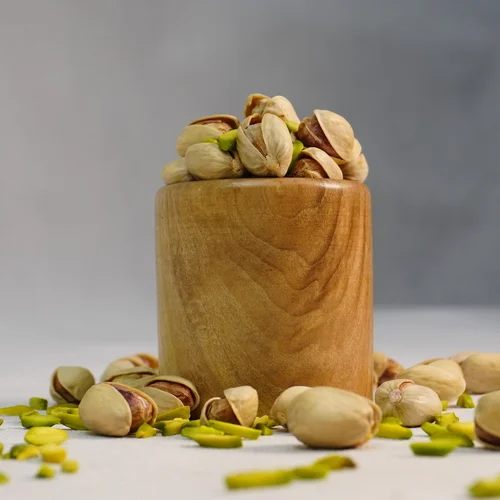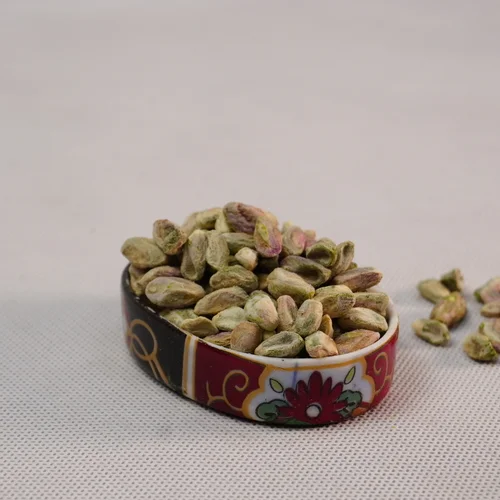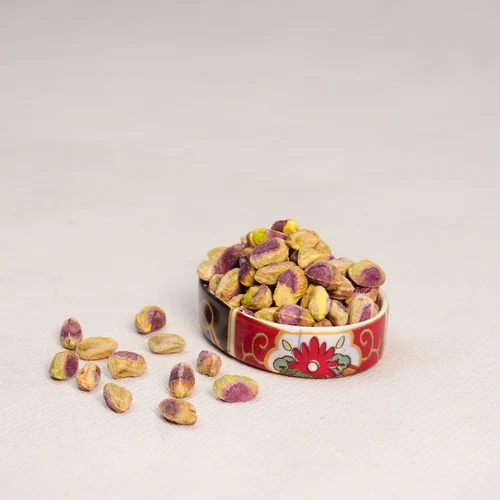The impact of climate change on the quality and yield of Iranian pistachios
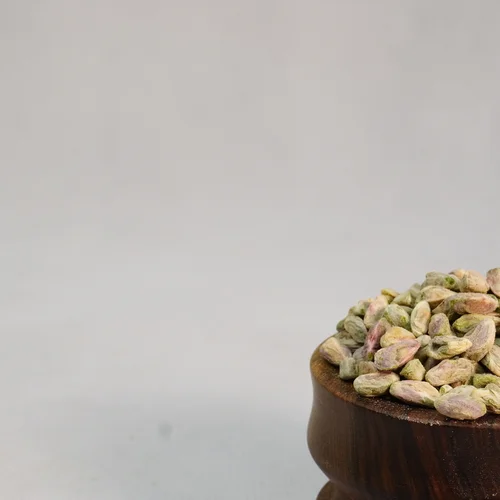
Iran is one of the world’s largest producers and exporters of pistachios, often called “green gold.” For centuries, pistachios have been a symbol of Iranian agriculture and a vital part of the country’s economy. However, climate change is now threatening this valuable crop. Rising temperatures, water shortages, and unpredictable weather patterns are directly affecting the quality and yield of Iranian pistachios.
Increased temperature and heat stress
Pistachio trees are naturally drought-resistant, but are very sensitive to extreme heat. In recent years, higher average temperatures in central and southeastern Iran have caused the following:
- Decreased hazelnut size and brain growth.
- Increased risk of sunburn on pistachio shells.
- Shortening of the growing season, which affects overall productivity.
Water scarcity and irrigation challenges
Water scarcity is one of the most serious threats to pistachio production. Climate change has worsened Iran’s limited water resources:
- Depleting groundwater has forced farmers to dig deeper wells, increasing costs.
- Poor water quality (salinity) leads to weakened trees and reduced yields.
- Reduced rainfall is affecting orchards, especially in Kerman province – the heart of pistachio farming.
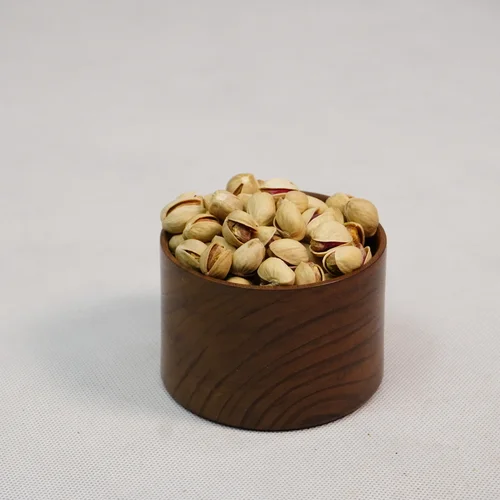
Impact on export quality and competitiveness
Climate stress not only reduces the quantity of pistachios, but also affects their market value:
- Pistachios become smaller, tasteless, and out of uniformity.
- A higher percentage of “empty shells” is produced, which reduces the quality grade.
- This could harm Iran’s competitive advantage against global rivals such as the United States and Türkiye.
Adaptation strategies
Despite these challenges, farmers and researchers are working on solutions:
- Smart irrigation systems to reduce water waste.
- Breeding climate-resistant pistachio varieties.
- Agroforestry and soil management to conserve moisture and protect orchards.
Conclusion
Climate change is reshaping the future of Iranian pistachio production. While the threats are serious, innovation and sustainable practices can help protect this centuries-old industry. For Iran to maintain its leadership in the global pistachio market, adapting to climate change is no longer optional – it is essential.
Source: Zalando


